Class Description
Have you ever asked yourself, “how do I know when my painting is finished?” In this class, we’ll take a dive deep to find out when your work is really done.
The focus of this class is to work through three stages of a painting: The start (“so fun, such excitement!”); the middle (“oh NO! I ruined it!”); and the finish (“Wow! I did it!”). I’ll offer suggestions to help you through each stage as we work towards a resolution. Use whatever paint you want–acrylic, oil or watercolor—for this class it doesn’t matter. (I’ll be using oil, but will offer tips for other kinds of paint as well.) I’ll encourage you to find your own approach to each part of the process. I will not teach specific techniques as much as I will help you discover your own techniques and style.
At the end of the class, depending on how quickly you work, you will have finished at least one, if not two, larger sized works If you prefer to work small, that’s OK! However, I encourage you to take on a larger painting. I want you to take risks, and I will help you find ways to “save” a painting if you think you’ve pushed it too far. We’ll spend a lot of time painting in this class, so push up your sleeves and get ready to move around some paint!
Class Itinerary
Lesson 1
In the first lesson, we’ll explore different approaches to beginning a new painting. I’ll provide suggestions on how to start –you’ll have lots of freedom to find a way that works best for you. If you already have a method you’ve been using, here is a good chance to try something new. We’ll start a new painting and push it as far as we can in the first lesson.
Lesson 2
We’ll revisit the painting we started in Lesson 1. Is it finished? Can you push it further? Or have you reached an impasse? We’ll talk about how to look at our own work critically and we’ll push our work even further. You can start a new painting if you need to, but I encourage you to dive deeper into what you’ve started to see what you can learn.
Lesson 3: Field Trip!!!
Next I’ll send you out to a museum or high-end gallery to look at abstract paintings in person. The idea is to learn from other abstract painters. I’ll give you a list of questions to answer while on your field trip.
Lesson 4
We’ll now re-visit our own painting(s) with the same list of questions we had while looking at other artists’ work. Can we be as objective about our own work? The goal of this lesson is to push deeper into your painting or begin another painting with idea we got while out looking at art on our field trip. The mission isn’t necessarily to copy another artist as much as to discover something new to try in our own work. Sometimes, this can lead to big discoveries!
Lesson 5
Now we will try to finish our painting(s). We’ll also see if just one or two small changes make all the difference. Sometimes, you need to make a major overhaul—sometimes a simple flourish will do. I’ll be painting right along with you, so you can see what I do. This will be where we work up the courage to say “I’m finished.” Or “I’m almost finished.”
Lesson 6
In this final lesson, we’ll look at our work and once again ask “is it finished?” We’ll talk about how this painting leads us to the next, and how we develop the idea of painting as a lifelong practice. We’ll also talk about the practical things we need to do when a painting is finished, such as signing, photographing, framing, wiring the back, and so on.
![states-of-being[1]](https://www.carlasonheim.com/wp-content/uploads/2018/05/states-of-being1-1.jpg)
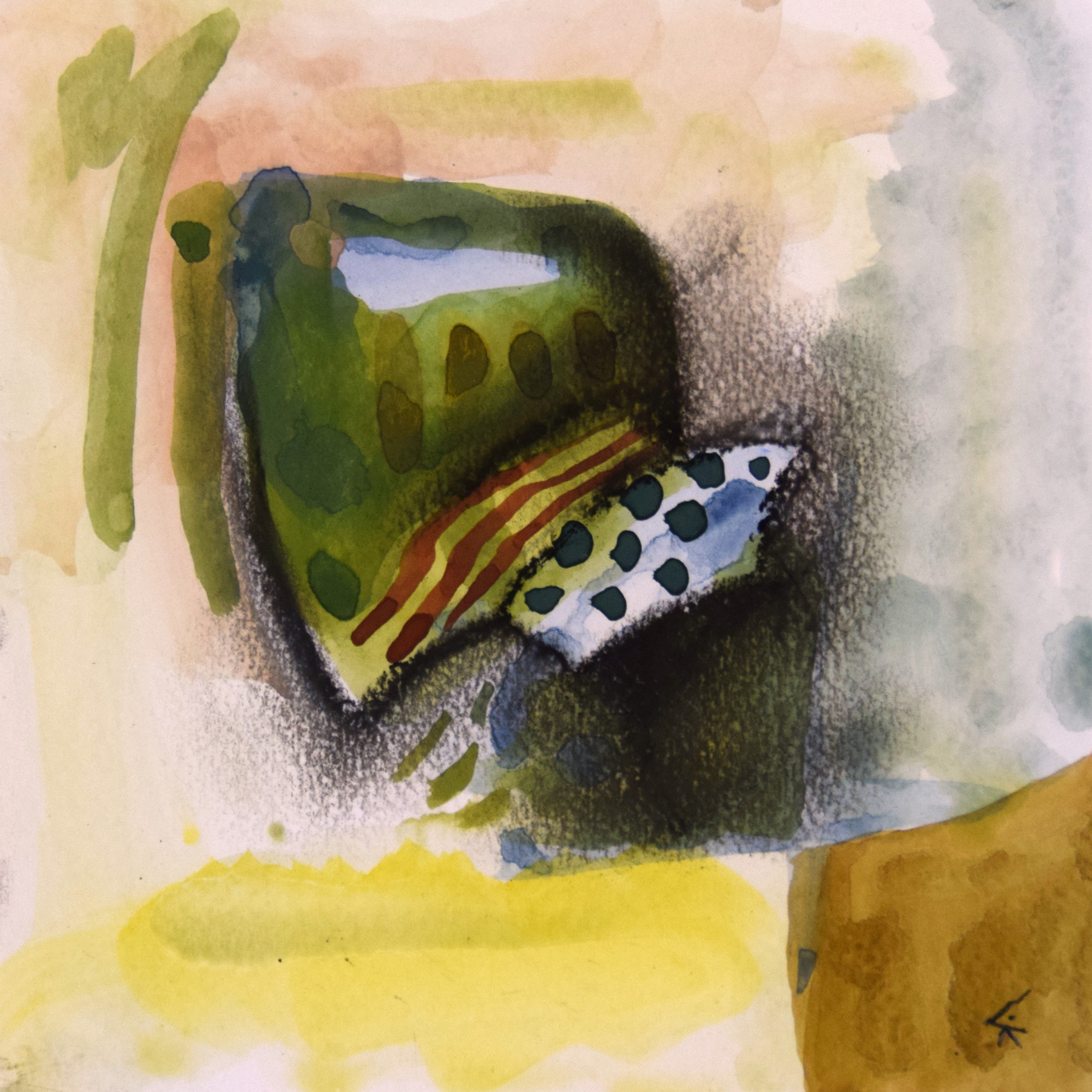
![fredom-of-speech[1]](https://www.carlasonheim.com/wp-content/uploads/2018/05/fredom-of-speech1-1.jpg)
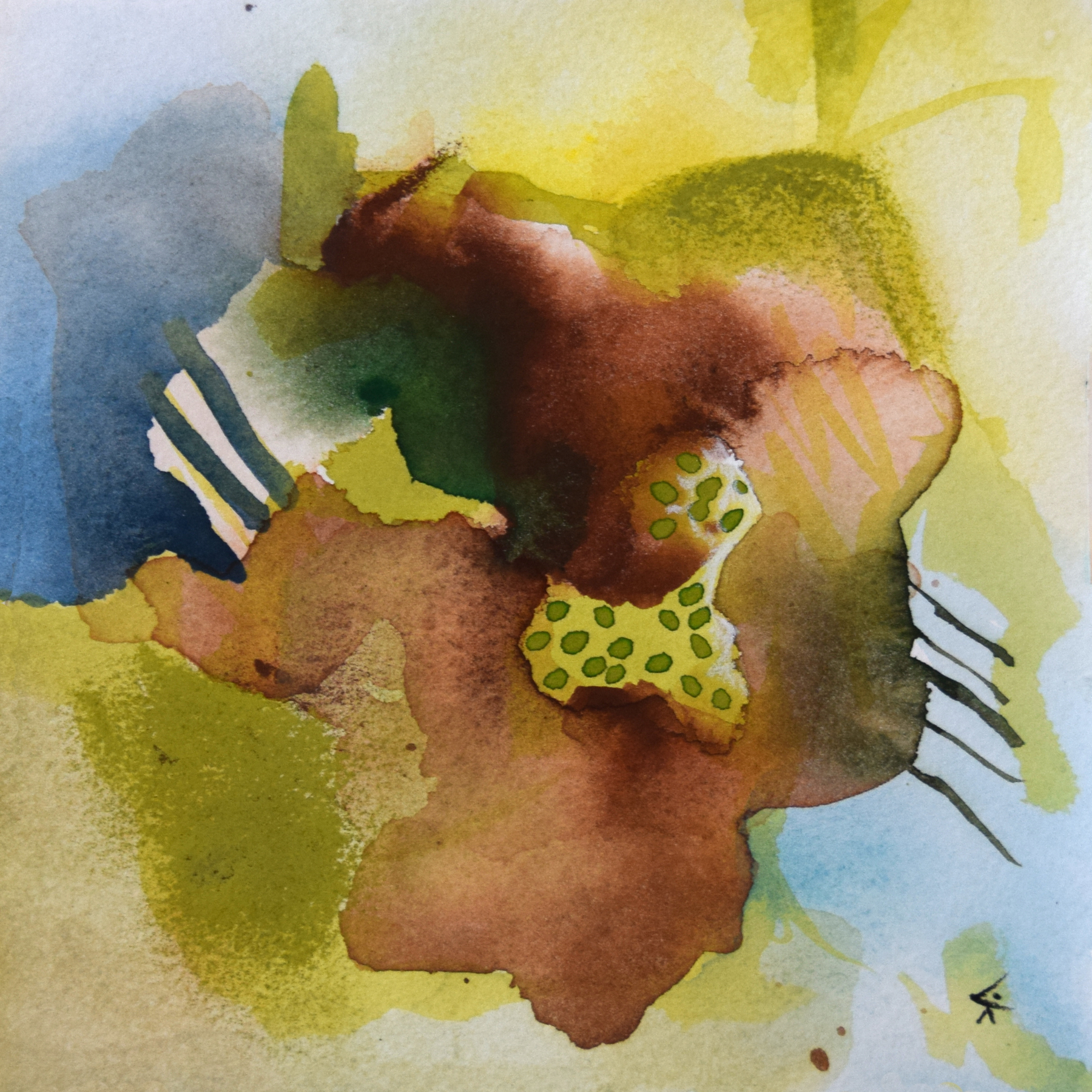


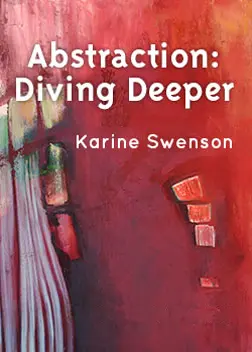
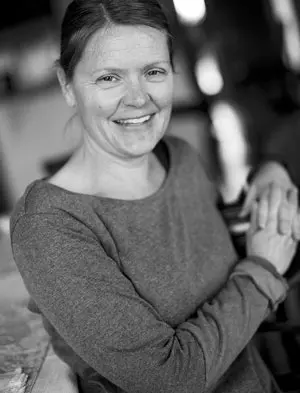
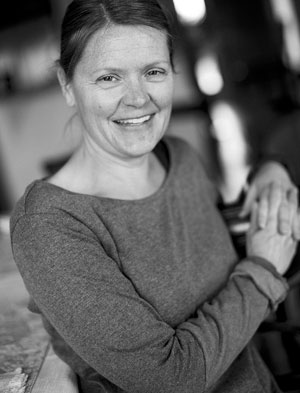 Karine Swenson
Karine Swenson